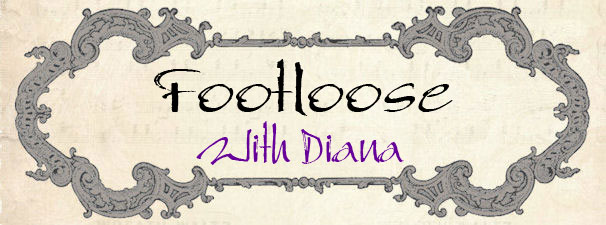 The exterior has beautiful metal decorations that show many of the birds and animals in Nambia. Click each of the next two photos to enlarge them and see how many you can identify:
The exterior has beautiful metal decorations that show many of the birds and animals in Nambia. Click each of the next two photos to enlarge them and see how many you can identify:
 Our next stop was Katatura, which means “the place no one wants to live,” to which the native population was forcibly removed in 1961 in order to build the downtown business district. The majority of Windhoek’s half-million population lives there today. In the market, we saw this woman weaving a basket with her son in her arms:
Our next stop was Katatura, which means “the place no one wants to live,” to which the native population was forcibly removed in 1961 in order to build the downtown business district. The majority of Windhoek’s half-million population lives there today. In the market, we saw this woman weaving a basket with her son in her arms:
Typical market display of beans and, in the foreground, mopane worms, the caterpillar of a moth that is fond of mopane trees; it's a major source of protein for indigenous peoples, esp. in the northern part of Namibia. And no, it doesn't taste like chicken... Someone described its taste as being " like seasoned cardboard with a definite hint of timber," which pretty much covered it for me. I imagine it's an acquired taste.
 The market includes butcher stalls, so there's plenty of meat being barbecued nearby on the "braai," or grill.
The market includes butcher stalls, so there's plenty of meat being barbecued nearby on the "braai," or grill. A Herero woman we saw at the market, wearing the typical Victorian-era dress and headdress of the Herero. The Herero peoples were yet-another object of German genocide beginning in 1904:
A Herero woman we saw at the market, wearing the typical Victorian-era dress and headdress of the Herero. The Herero peoples were yet-another object of German genocide beginning in 1904:

No comments:
Post a Comment